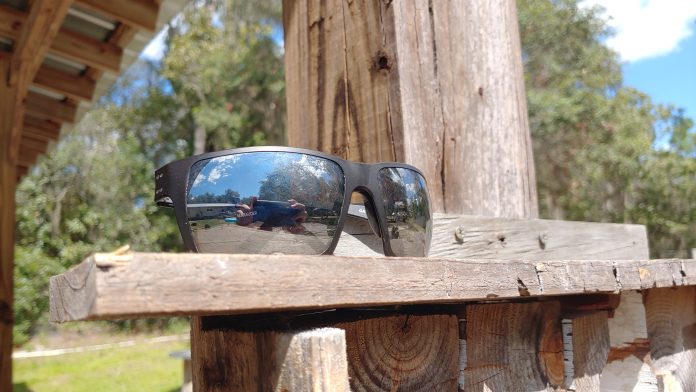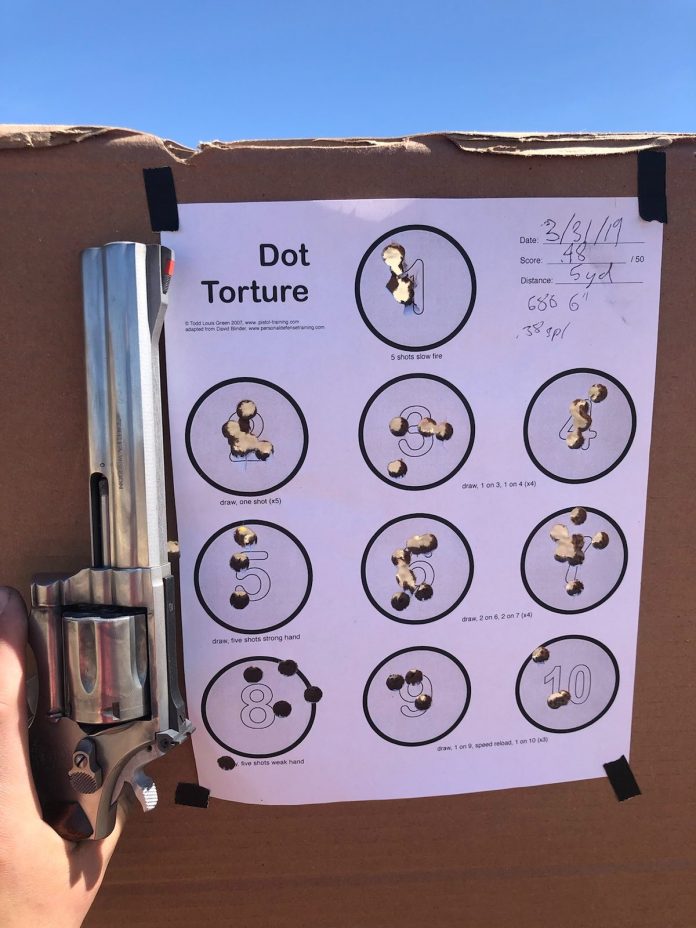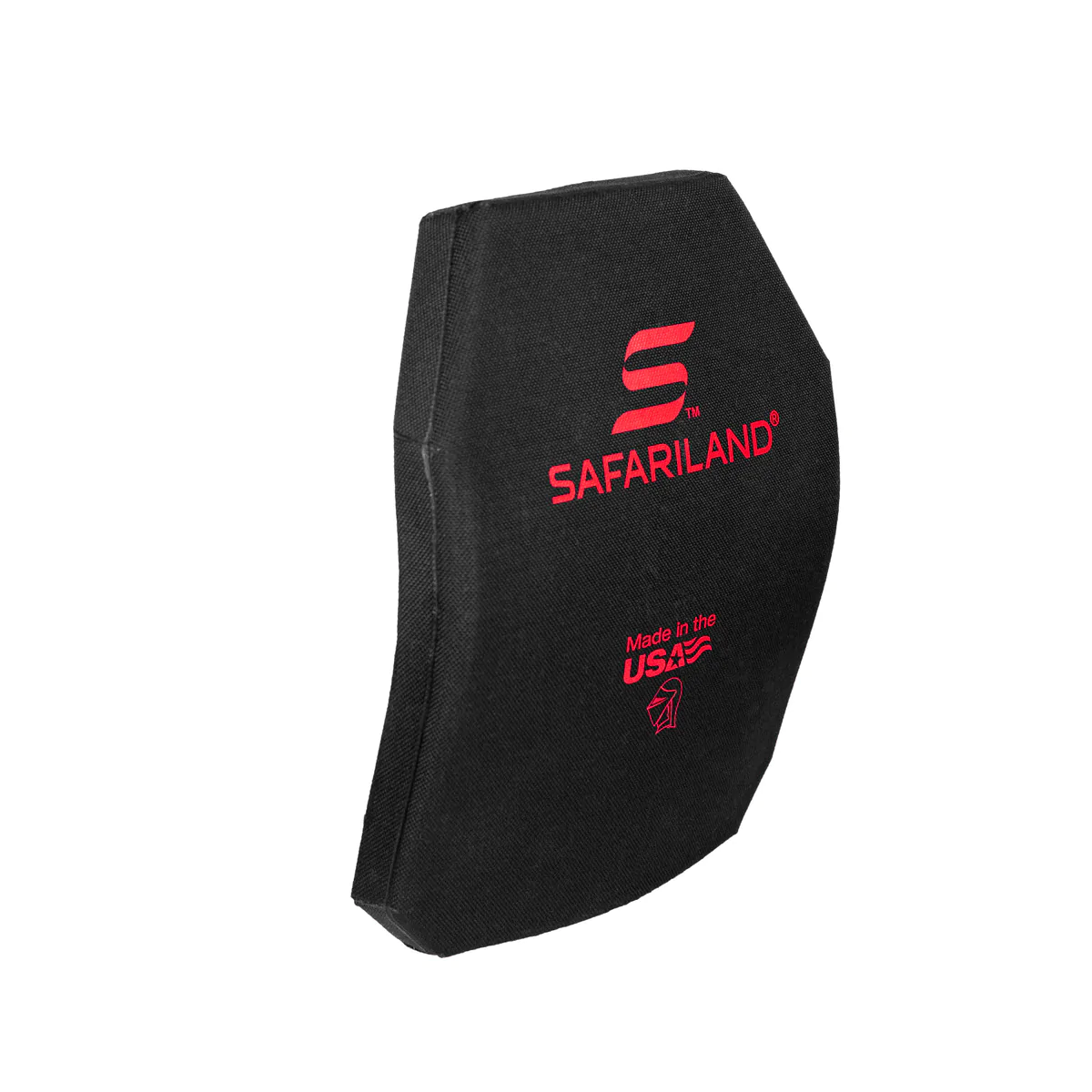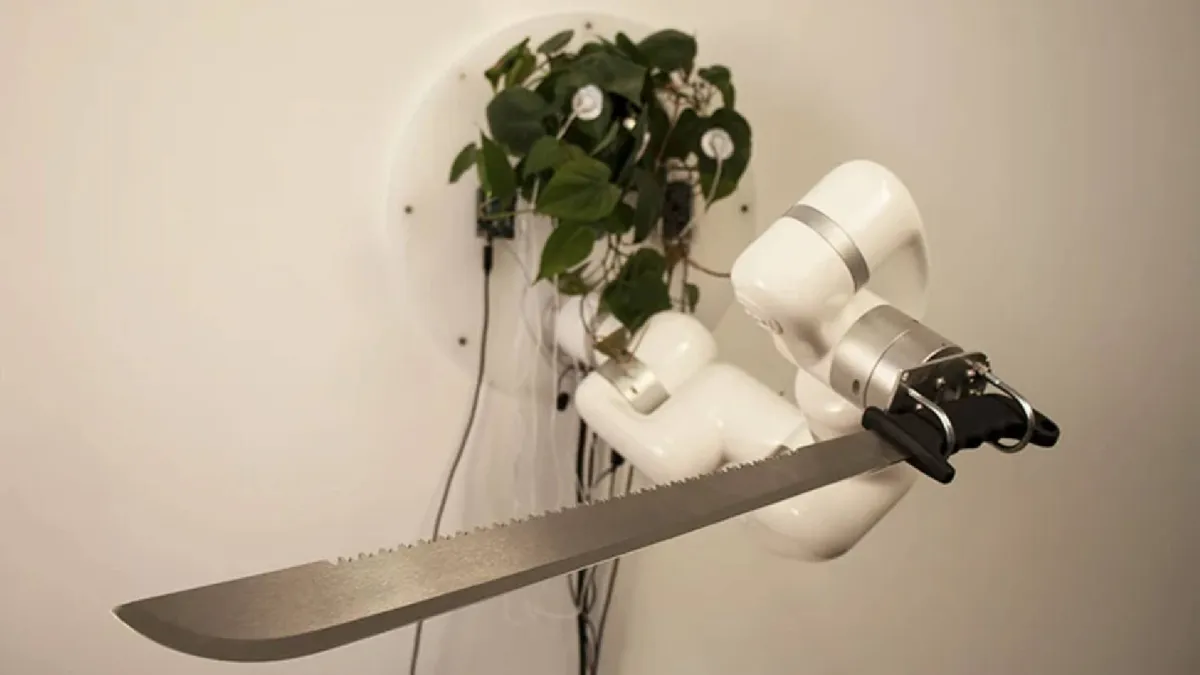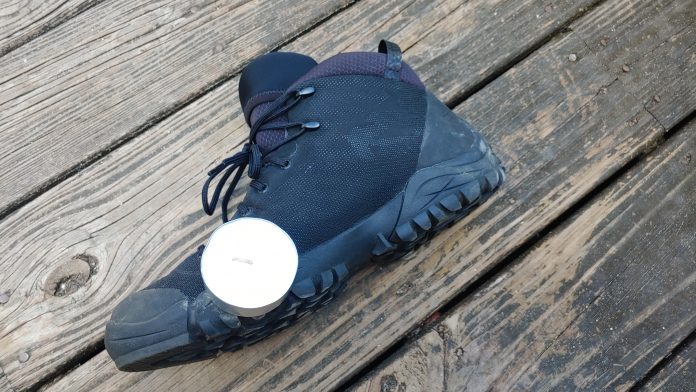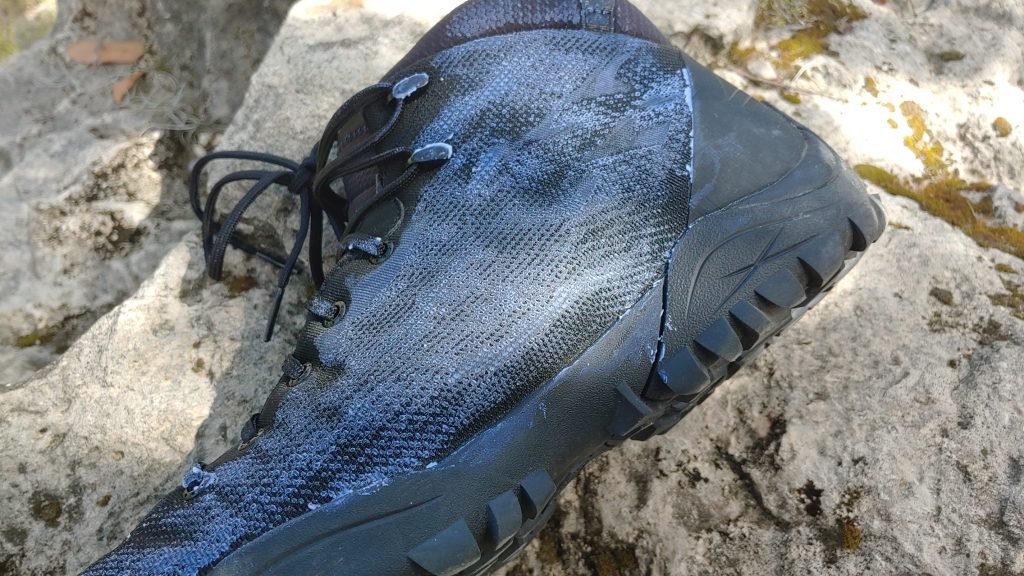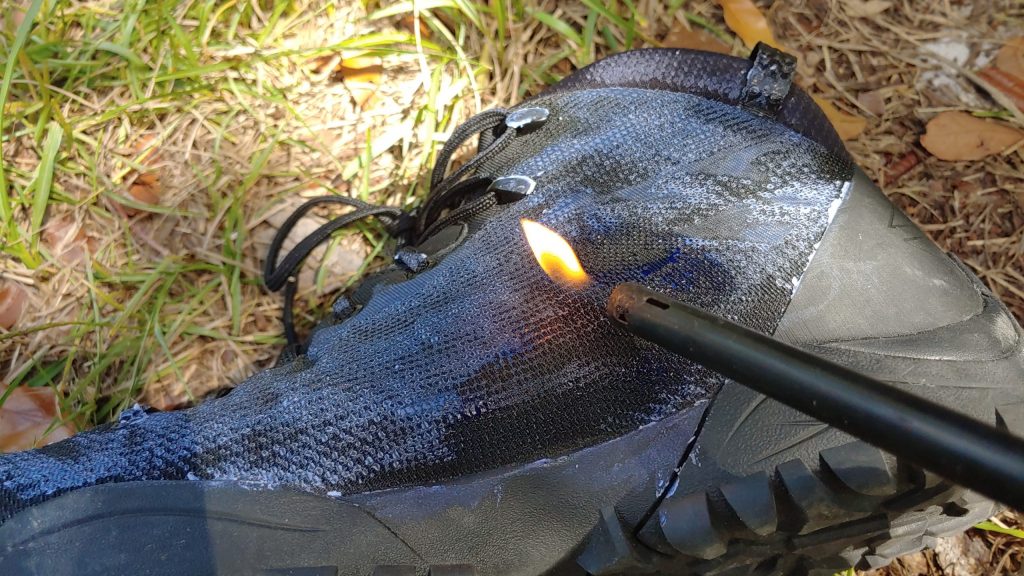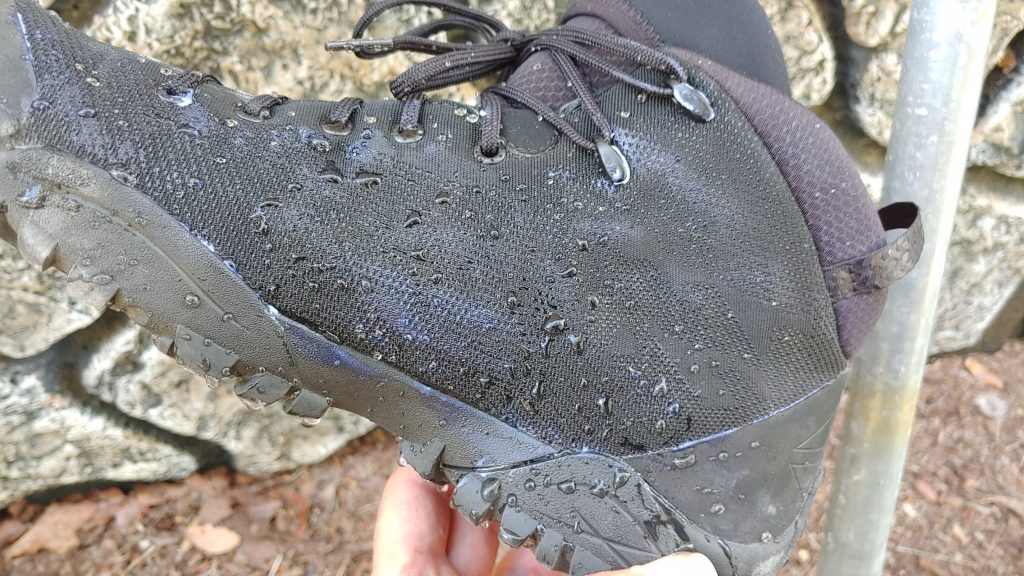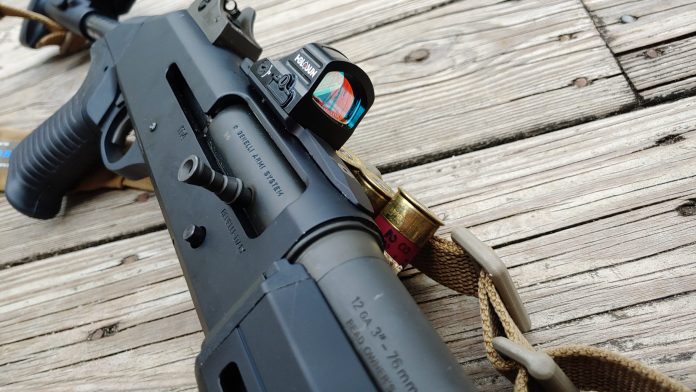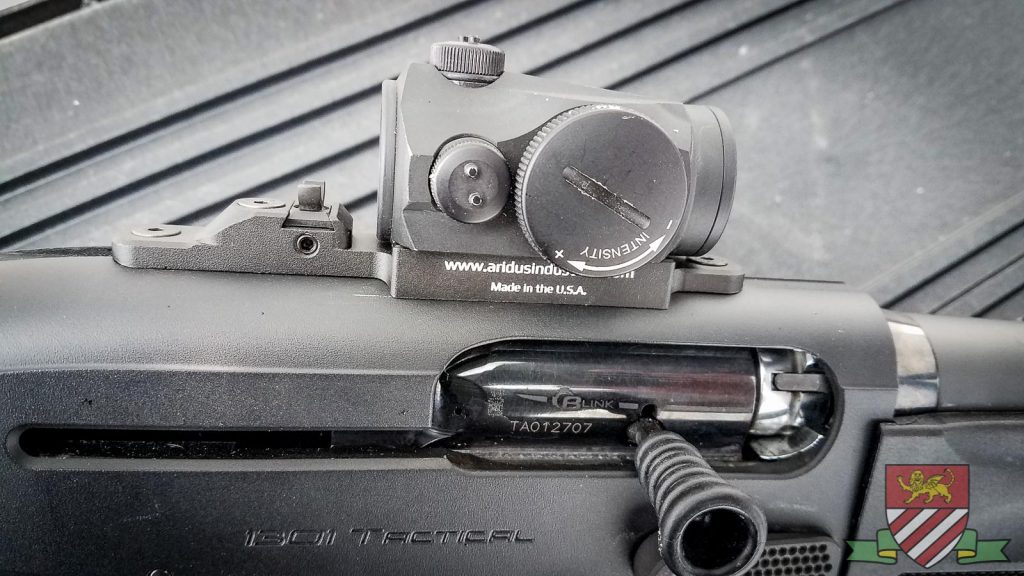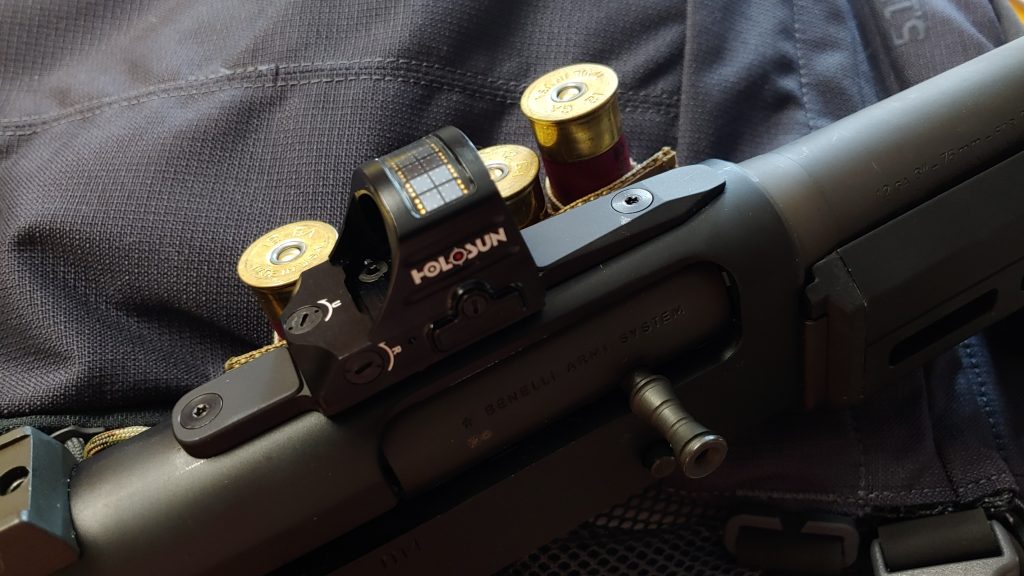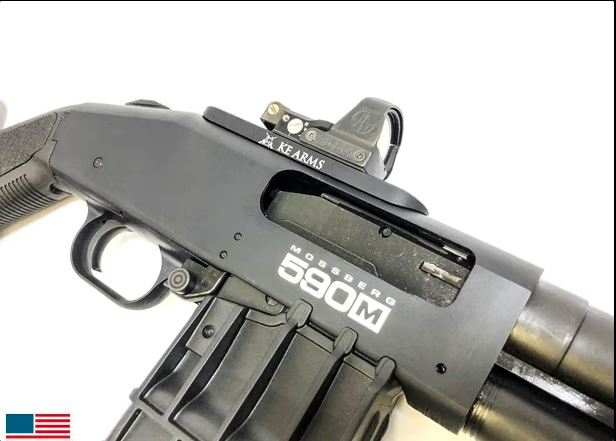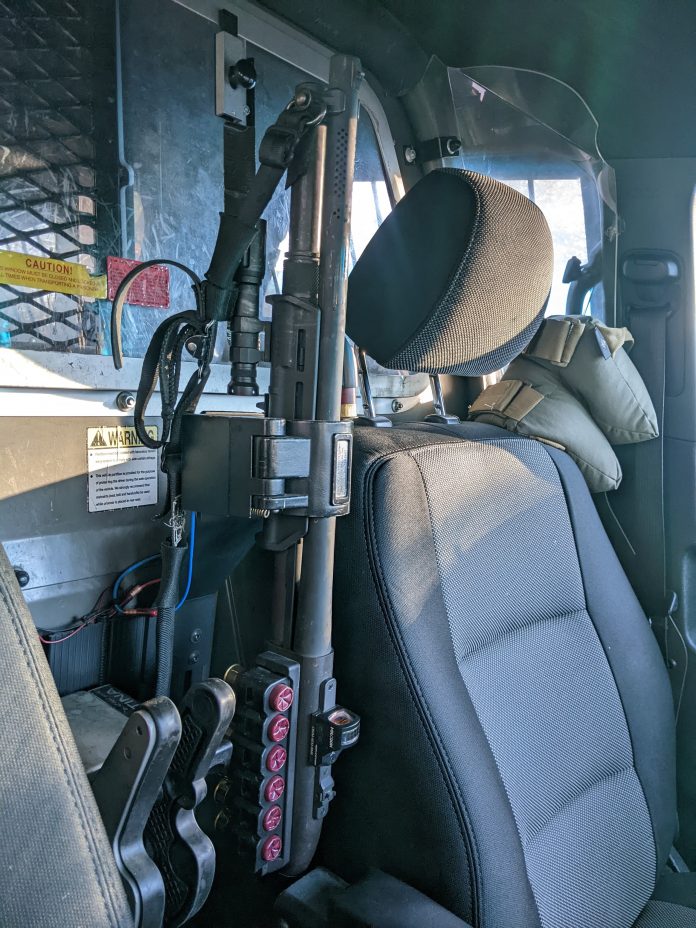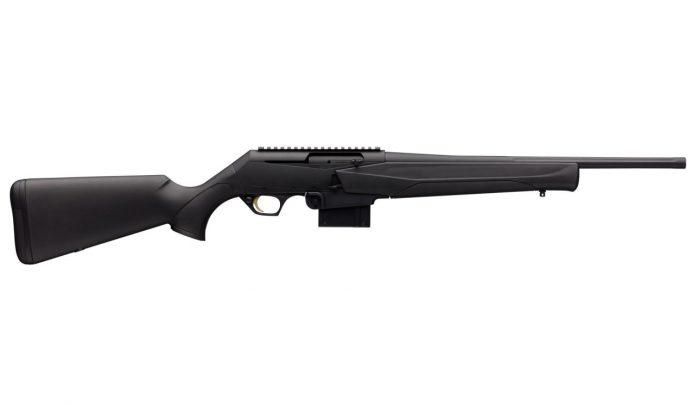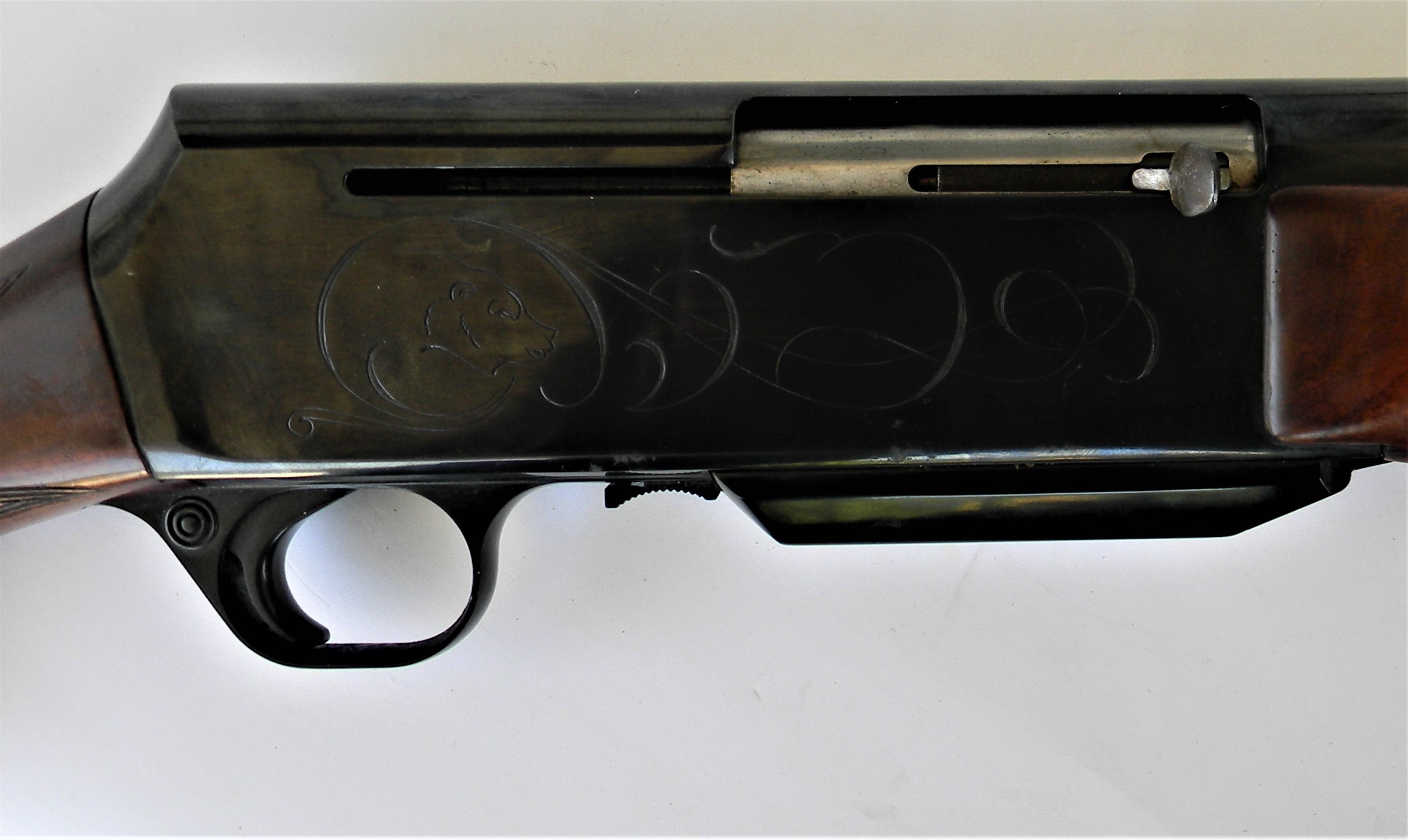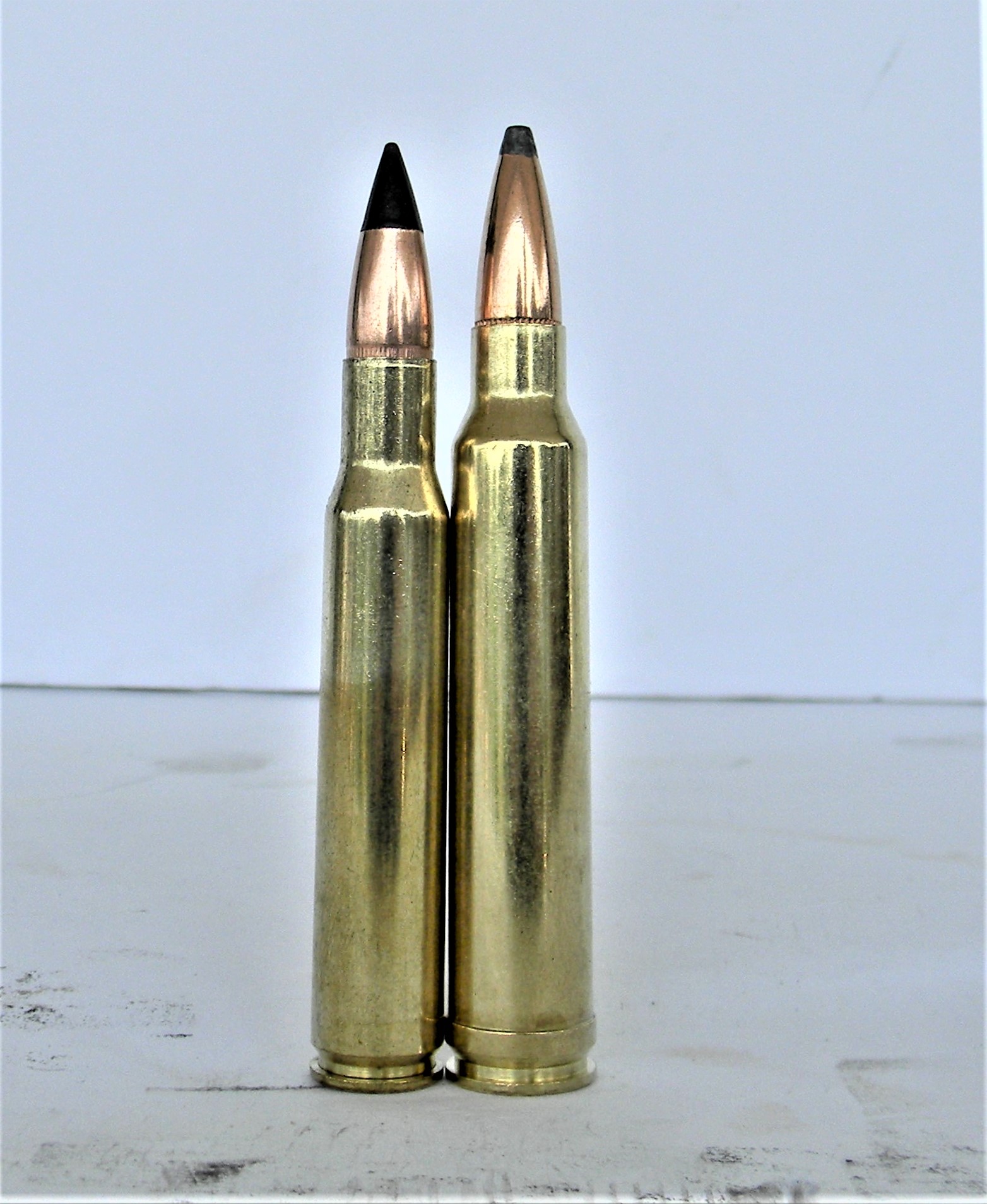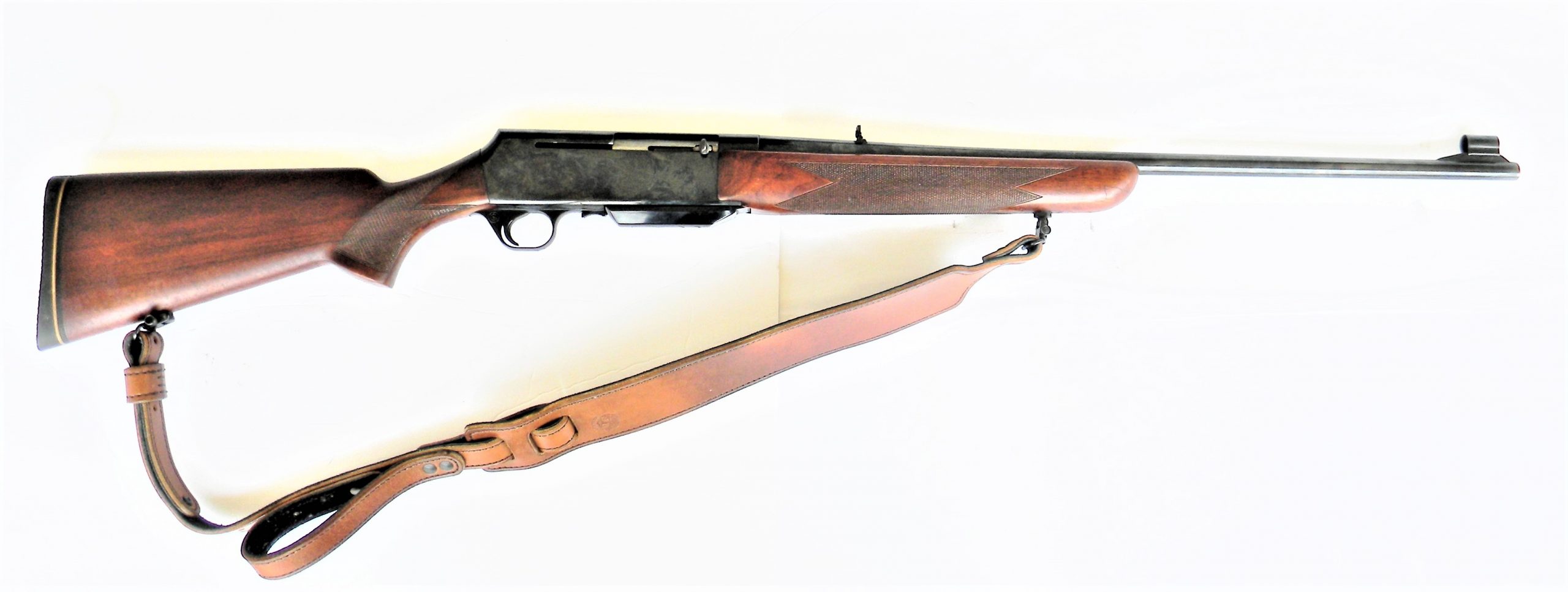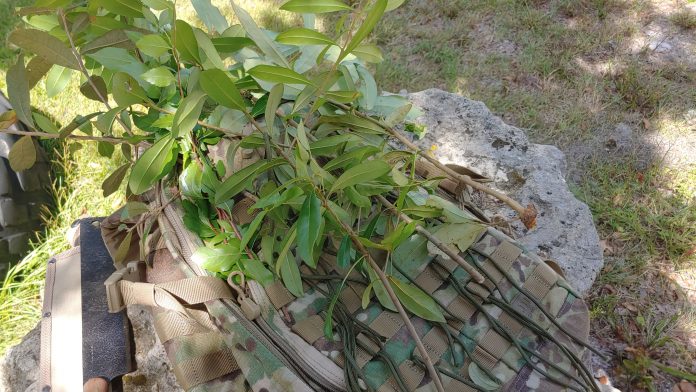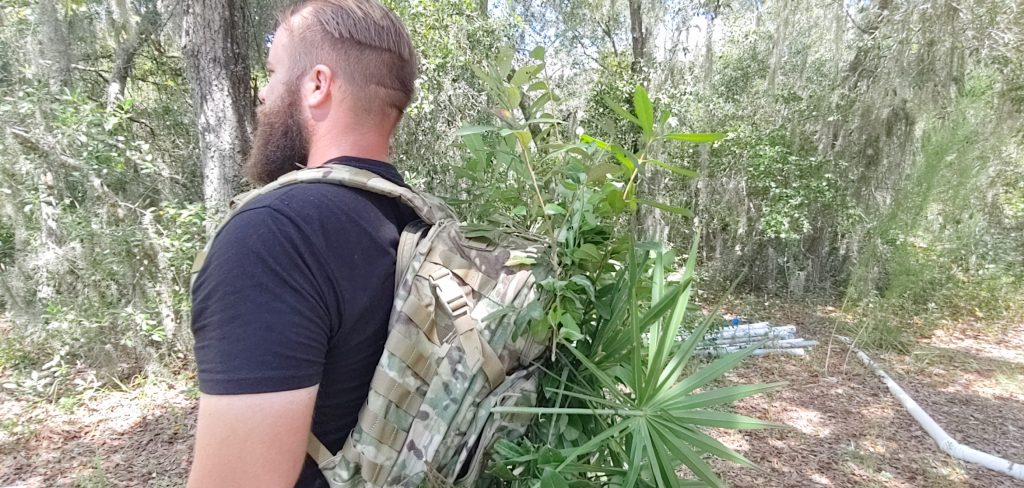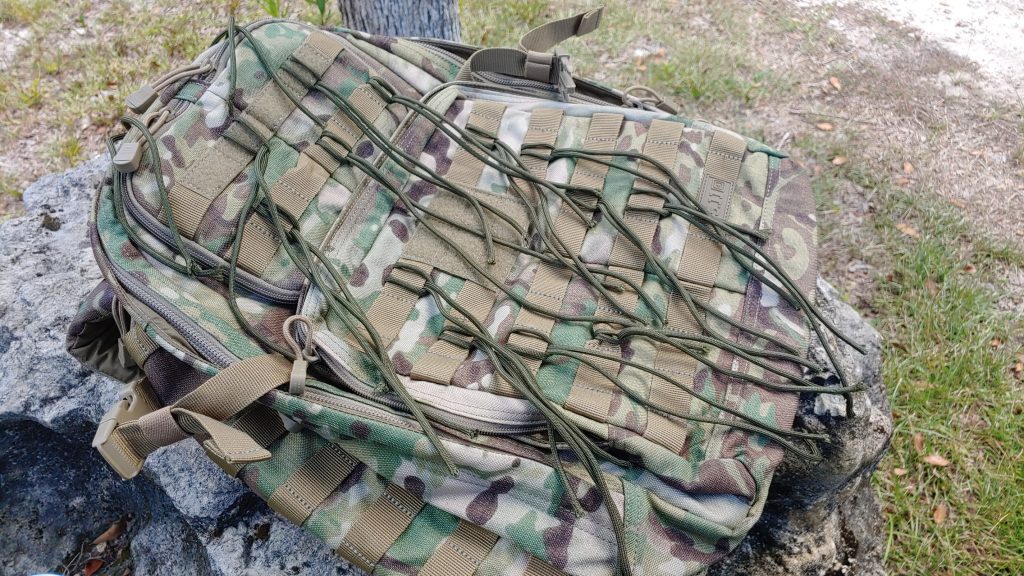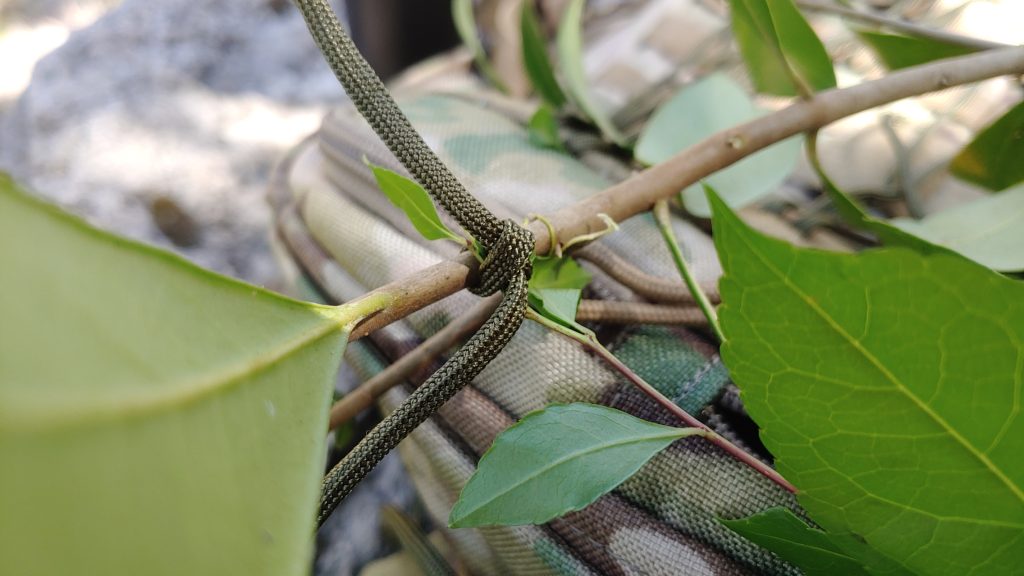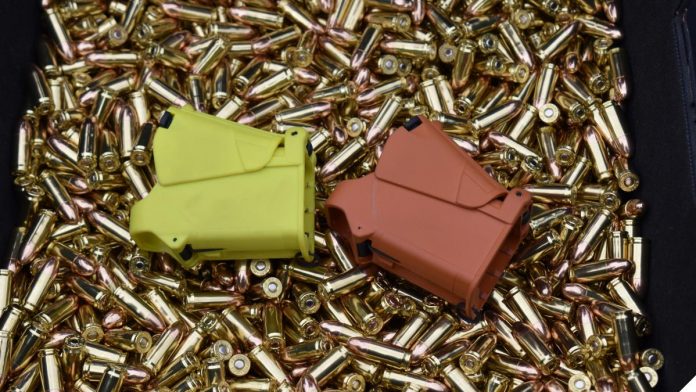Good personal protective equipment is expensive. When it comes to guns, that’s typically just your eyes and ears. Admittedly a set of passive muffs and ballistically rated glasses can be cheap. They can work while providing appropriate protection to the user. If you want good, high-quality ear and eye protection, be prepared to shell out some money. Glasses like the Gatorz Marauder are not cheap.
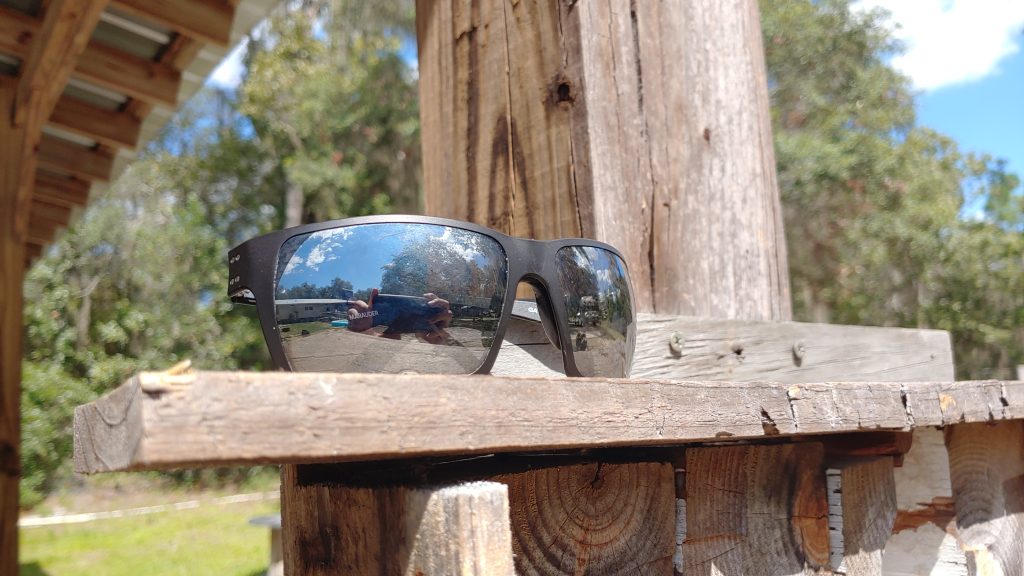
For this reason, it’s not entirely crazy to say if you are spending that much money, you want something that can work on and off the range. In terms of ear pro, I think I’ve found that with the Axil Ghostrike 2.0 earplugs. I use them at the range and when I go for a run or mow the yard. What about my eyes?
It’s tough to find eye protection that looks good enough to wear off the range. I’m going to break some jarhead’s heart when I say that your Oakley M frames look terrible off the range. They aren’t for the beach, my man. These glasses might have struck the right cord by being both stylish and offering adequate protection to save my peepers.
The Marauder – Protect Them Eyes
The Marauder glasses offer you ANSI Z87+ and MILSPEC protection in their lenses. The glasses also have a slight wrap-around design to them. That wrap-around design offers excellent protection to your eyes at all angles.
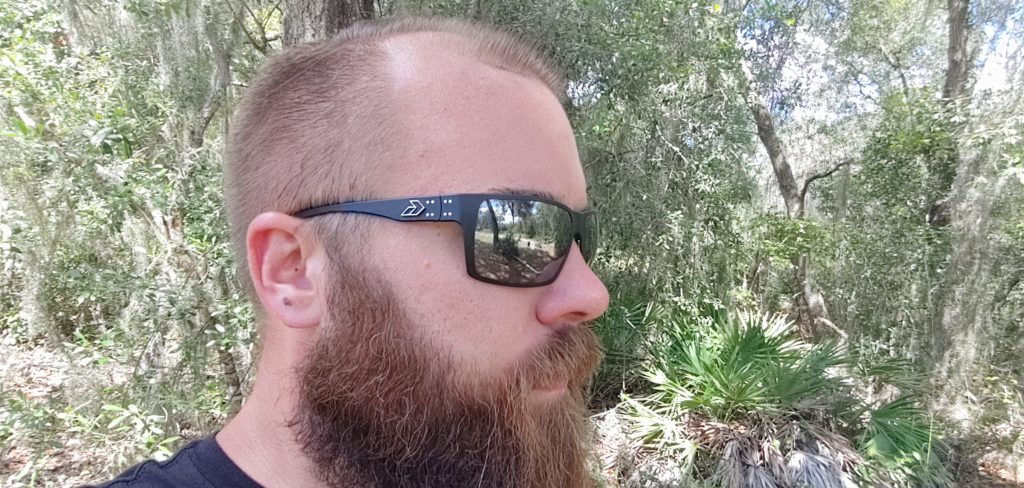
The frames are made from the standard metal design that Gatorz is known for. The finish is cerakoted and available in all your favorite tactical colors. The lenses get a scratch-resistant coating on top of the UV protection provided as well as the polarized options.
The Marauder glasses provide plenty of protection. Enough for the range, or even on duty. They do have a conservative appearance to fit in with most uniform regulations and won’t stand out when the First Sergeant is having a bad day.

Fit and Comfort
The Marauder glasses provide the protection I want, but are they comfy? I had a pair of Gatorz years ago, and they never agreed with my big head. They always felt tight and uncomfortable. I have a big head, and an XL-sized hat is a must for me. I didn’t blame glasses, but I assumed the Gatorz wasn’t for me.
Turns out you can adjust these things. Go to the website, and they offer some easy-to-follow instructions to make adjustments to the frame. When I first got the Marauder glasses, they were too tight, and I adjusted them just right to fit without pinching my head. You can also adjust the nose piece to get the fit right and prevent them from being uncomfortable or from constantly slipping down when worn.
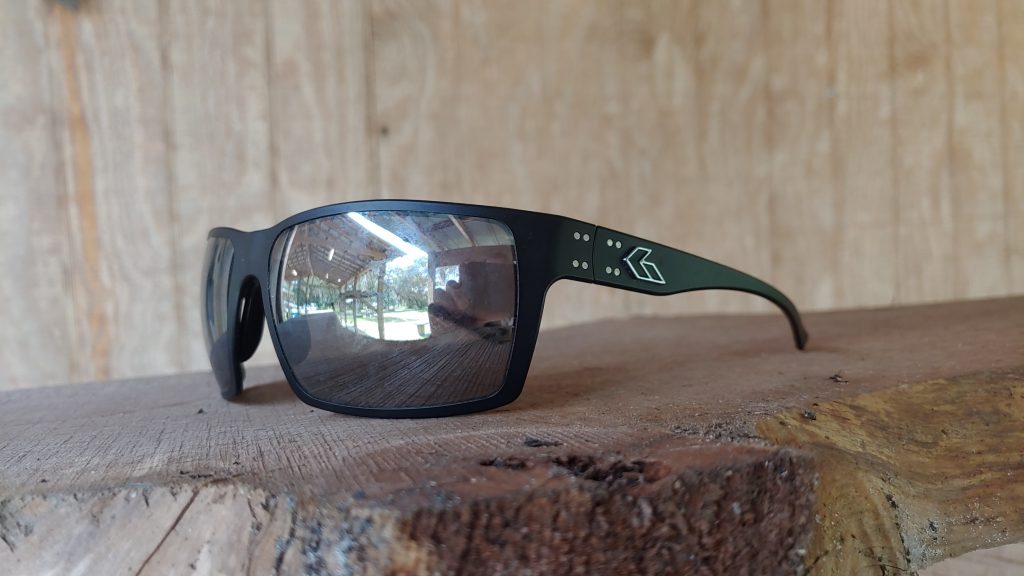
It doesn’t take much to get them nice and comfy. I barely remember I’m wearing them. Since I received them, I’ve taken to the range, I’ve gone for runs with them, and mowed the yard with them. They feel great and don’t pinch, prod, or poke in any way. My face has become quite accustomed to their fit.
A Stylish Option
Style is a matter of opinion. (Except for the M Frame comment.) Anyway, the Marauder glasses have that slight sport look to them, but they aren’t obnoxious. They don’t look overtly tactical or obnoxiously large, either. They strike a good balance in providing protection without looking terrible.
The lenses are remarkably clear and offer that high-definition view that makes me think I might need glasses. I’m willing to be wrong, but I feel like my vision is much better with the Marauder on my face. Gatorz has found a great way to mix a stylish appearance with the kind of protection you want at the range.

